A bit late on the hype-train, but here is what I found out for Visual Studio 2015.
My sample looks like this:
/// <summary>
/// Retrieves information about the specified window.
/// The function also retrieves the value at a specified offset into the extra window memory.
/// From <see cref="!:https://msdn.microsoft.com/en-us/library/windows/desktop/ms633585(v=vs.85).aspx">this</see> MSDN-Link.
/// AHref <a href="http://stackoverflow.com">here</a>.
/// see-href <see href="http://stackoverflow.com">here</see>.
/// </summary>
/// <param name="hwnd"></param>
/// <param name="index"></param>
/// <returns>
/// Testlink in return: <a href="http://stackoverflow.com">here</a>
/// </returns>
public static IntPtr GetWindowLongPtr(IntPtr hwnd, int index)
{
return IntPtr.Size == 4 ? GetWindowLongPtr32(hwnd, index) : GetWindowLongPtr64(hwnd, index);
}
The results are:
- Tooltip:
- Shows cref-url with !:, but hides "this"
- Hides ahref-url but shows text
- Hides seehref url and text

- Object Browser:
- Shows cref-url with !:, but hides "this" (not clickable)
- Hides ahref-url but shows text (not clickable)
- Hides seehref url and text (not clickable)

- ReSharper (CTRL+SHIFT+F1, Command ReSharper.ReSharper_QuickDoc)
- Hides cref-url with !:, but shows "this" (not clickable)
- Does now interpret ahref-url (Version from 2016 and newer)
- Hides seehref url and text (not clickable)

Conclusion: Best one, as Heiner pointed out, would be
See <a href="link">this link</a> for more information.
Update
As Thomas Hagström pointed out, Resharper now Supports clickable a-href URLs. Updated screenshot accordingly.




